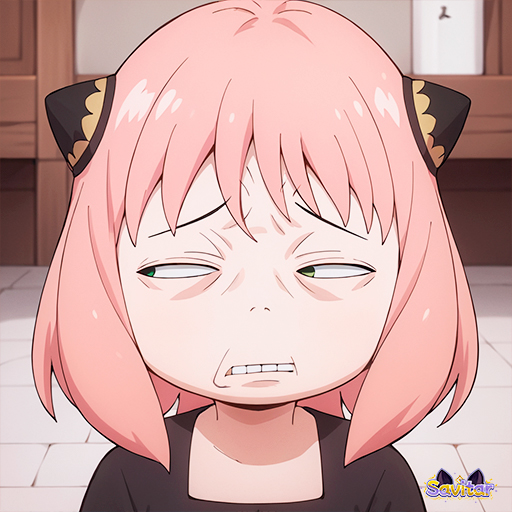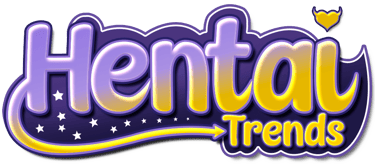🔥Access +100 Characters NSFW Hardcore for just $9.99 Monthly 😈
The Double Standard in NSFW Art: Why Some Content Gets a Pass and Others Don’t
Explore the double standard in NSFW art and why some content gets a pass while others face bans or censorship. Discover how platforms, cultural norms, and media shape what is considered 'acceptable' in the world of adult content.
NSFW
Savitar
9/21/20244 min read


Let’s be honest: not all NSFW art is created equal. No, I’m not talking about skill level or artistic merit—I’m talking about how some forms of erotic art get the green light, while others are met with swift bans, harsh criticism, or even legal action. It’s like there’s a secret rulebook somewhere that decides which content is "acceptable" and which is "too much." But who gets to decide? And why is there such a glaring double standard?
The Platform Problem: Where Censorship Is King
First up, let’s talk about the elephant in the room—platforms. Whether it's Instagram, Twitter (or X, if you prefer), or Patreon, these platforms claim to be places for free expression, but when it comes to NSFW content, the rules get murky fast. For example, some forms of erotic art, like tasteful nudes or artistic photography, tend to slide under the radar. But dare to post something more "controversial" or niche—like hentai, loli, or extreme fetishes—and suddenly, you’re at risk of getting your account banned faster than you can say "community guidelines."
And here’s the kicker: while independent artists are being censored left and right, major brands, movies, or even celebrity accounts are allowed to post content that’s arguably just as explicit, if not more so. The double standard is glaring. Why is it okay for a Hollywood film to feature explicit sex scenes, but an artist on Patreon can’t create erotic fan art without fearing a ban?
The Influence of Cultural Norms
Let’s not forget that cultural norms play a huge role in this. What’s considered acceptable in one part of the world might be scandalous in another. Take, for example, how nudity in art is revered in European galleries, but post a nude drawing on Instagram, and you’re likely to receive a strike. Certain platforms cater to specific audiences, and that dictates what’s allowed.
The "art versus pornography" debate always rears its head here. Content that is considered "high art" or associated with the fashion industry—think about those provocative photoshoots for designer brands—often gets a free pass, even when it’s obviously sexual. Meanwhile, independent NSFW artists who push the boundaries of erotic art are treated as if they’re producing taboo material, even if their work is just as creative and thoughtfully produced.
Acceptable Fetishes vs. “Taboo” Kinks
Now let’s dive into the fetish world, where things get really inconsistent. It’s no secret that certain kinks are more accepted than others. For example, the BDSM community has largely moved into the mainstream, thanks in part to pop culture (looking at you, Fifty Shades of Grey), while other fetishes remain shrouded in taboo and secrecy.
Artists who explore more "acceptable" fetishes—like foot fetish art or light bondage—are often allowed more creative freedom than those who work in more extreme or niche kinks. Even though the content is all technically NSFW, there’s this unspoken rule about what’s "safe" and what crosses a line. The double standard here is clear: if your kink aligns with popular culture, you’re golden. If not? Good luck staying online.
Hypocrisy in the Media
The hypocrisy gets even more glaring when you consider the mainstream media. NSFW content has long been part of pop culture, from suggestive music videos to steamy TV shows. The difference is that this content is produced and consumed by large media corporations, who seem to be able to sidestep the very rules that independent creators are punished for. A racy scene in a blockbuster movie? Totally fine. A suggestive drawing by an NSFW artist? Instant censorship.
This raises the question: is it really about the content, or is it about who’s creating it? Independent artists, who rely on platforms like Patreon or Twitter to make a living, are far more vulnerable to censorship than major media companies. It’s a double standard that feels more like a power imbalance than a genuine concern over the type of content being shared.
Why This Double Standard Matters
The real issue here isn’t just the censorship—it’s the impact this has on artists’ livelihoods. NSFW creators, especially those who operate in niche or controversial genres, are often walking a tightrope. They’re forced to self-censor or risk losing their platforms entirely. And this inconsistency in what gets a pass and what doesn’t means there’s no clear way for artists to protect themselves.
It’s not just about fairness—it’s about creative freedom. When certain types of NSFW content are disproportionately targeted, it creates a chilling effect that stifles innovation. Artists are less likely to push boundaries or explore new ideas if they’re constantly worried about being deplatformed or censored. Meanwhile, the content that’s deemed "acceptable" continues to dominate, often at the expense of more diverse and daring work.
Conclusion: The Need for Change
So, where do we go from here? The double standard in NSFW art isn’t going to disappear overnight, but it’s clear that something needs to change. Platforms should aim for clearer guidelines that treat all creators fairly, regardless of the type of content they produce. After all, if we can accept explicit scenes in mainstream media, why can’t we apply the same level of tolerance to independent NSFW art?
Until then, artists will continue to navigate this frustrating, uneven playing field—fighting for their right to create, while the double standard in NSFW content lives on.


